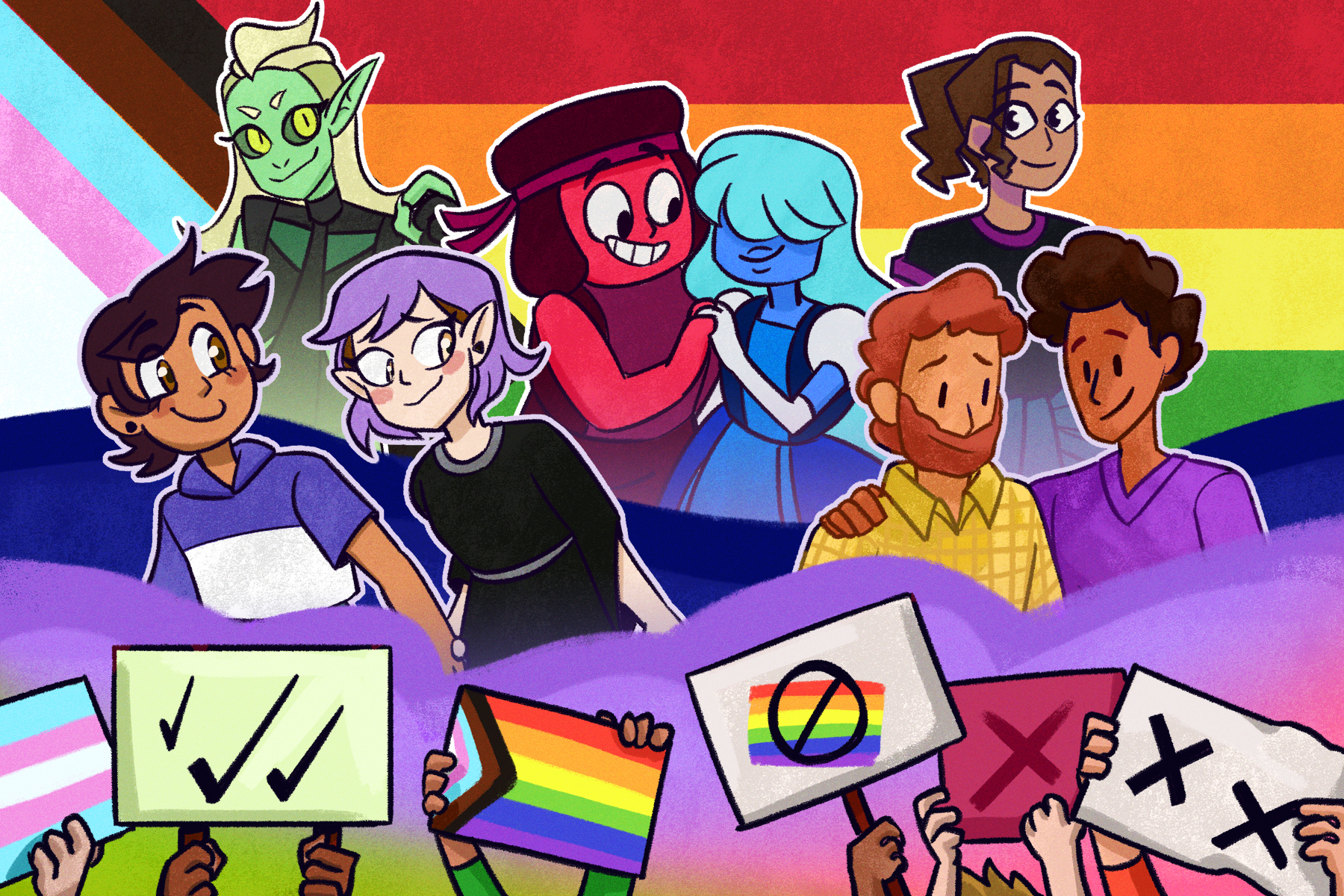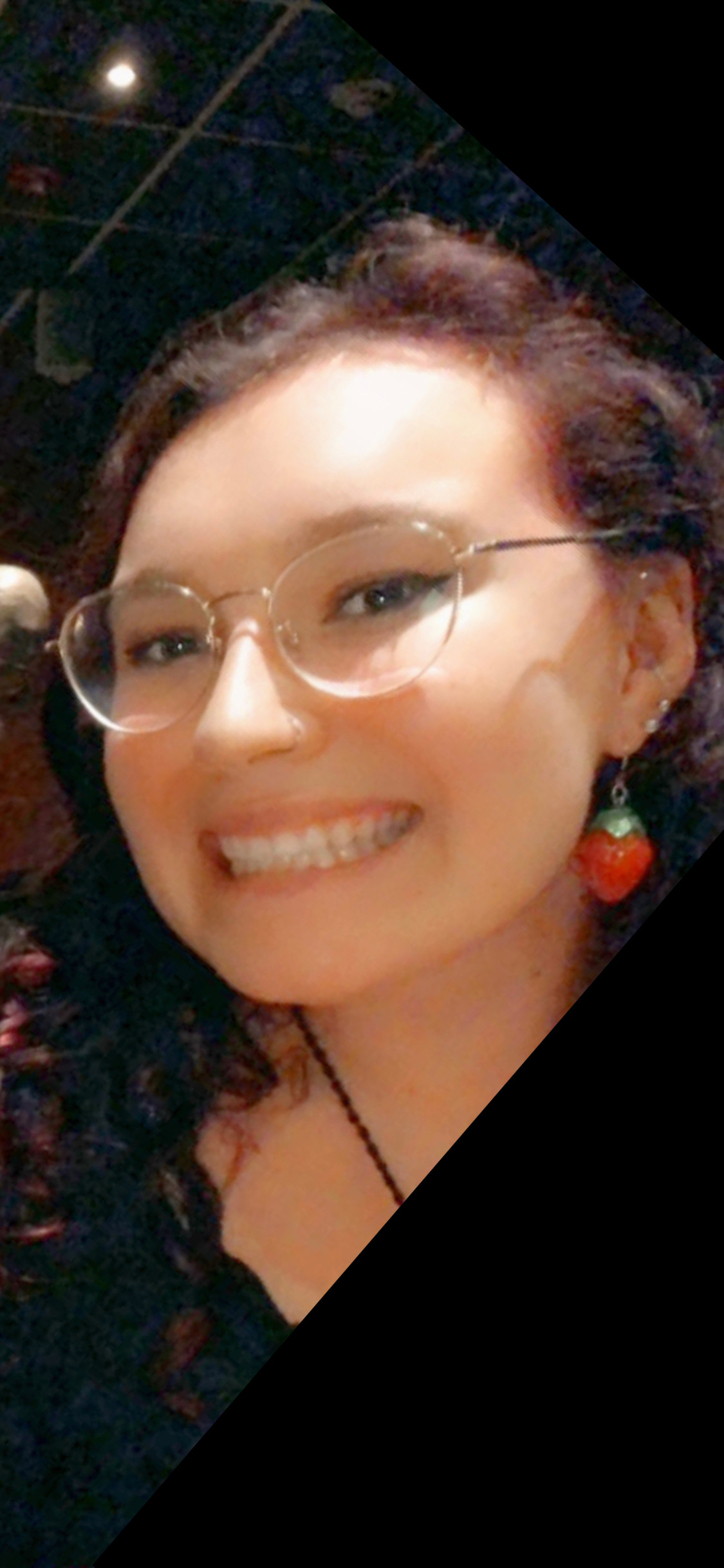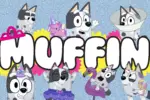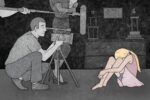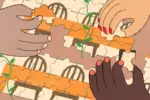Children’s TV shows have come a long way throughout the years. However, while they are intended to entertain and educate, they have failed to provide adequate information about LGBT communities. The debate on whether these programs are beneficial for children has been a topic of discussion for several years. Children, however, clearly benefit from representation in TV shows. In recent years, companies such as Disney, Cartoon Network and Nickelodeon have increasingly aired inclusive episodes for their shows. It has been shown that these shows allow children to grow up with a better perception of what constitutes a normal family — a vision that includes LGBT families. These children’s TV shows allow them to learn acceptance and feel accepted as well.
Nickelodeon Children’s TV shows
“The Legend of Korra“
In December 2014, “The Legend of Korra,” the spinoff of “Avatar the Last Airbender,” aired its series finale with the main characters, Korra and Asami, holding hands as they enter the spirit world, cementing their new relationship. They plan on going away together to wherever Asami chooses after Korra apologizes for being gone for so long. When they approach the beam of light, they grab each other’s hands and head off to start their new journey together. The ending is similar to the ending of “Avatar the Last Airbender,” where Aang and Katara kiss and begin their new relationship. Although some were disappointed by the absent kiss, the creators confirmed that the ending did in fact solidify the beginning of Korrasami’s relationship.
“The Loud House“
“The Loud House” features LGBT representation in several ways. The show centers around Lincoln Loud and his 10 sisters. Lincoln has a best friend named Clyde who was adopted by his two fathers, Howard and Harold, who are an interracial couple. They are depicted as overprotective parents that care deeply for their son’s safety. Although they are only shown in one episode, they are mentioned numerous times throughout the show. They are not the only LGBT characters portrayed in the series, however. At the end of an episode titled, “L is for Love,” one of Lincoln’s sisters, Luna, is implied to be bisexual when it’s revealed that she has a crush on a woman named Sam. Sam and Luna begin dating and appear in numerous episodes as a couple.
“Blue’s Clues“
In May 2021, Nickelodeon posted a video to its “Blue’s Clues” YouTube page in celebration of Pride Month. It involved drag queen Nina West singing about the different families of critters that were in the animated parade. It also involved many pride flags along with different representations of lesbian, gay, nonbinary, transgender, asexual, pansexual, bisexual and many more types of families. Although it aired as an online short and did not appear on TV, it helps children to acknowledge the myriad families and see that they all essentially share the same love.
Cartoon Network Children’s TV shows
“Adventure Time“
In “Adventure Time,” it was heavily implied throughout the series that the vampire queen, Marceline, and Princess Bubblegum have always had a different type of friendship — maybe even more than just being close friends. Fans had started calling them “Bubbline” in hopes they would get together. It was revealed that they had a relationship at some point in their lives, but it was not shown in the series. During the show’s ending, they share a kiss after Marceline slays the GOLB. In the series-limited spinoff, “Adventure Time: Distant Lands,” Marceline and Bubblegum are shown living together as a couple while looking back on their past.
“Steven Universe“
“Steven Universe” is another children’s TV show that has an overwhelming amount of LGBT representation in its episodes. The story consists of the Crystal Gems and a young Steven, who is half-human, half-Gem. All of the Crystal Gems are portrayed as women or feminine and go by she/her pronouns. There are several displays of LGBT representation among the Gems. Pearl was in love with Steven’s mother, Rose Quartz, who had fallen for Steven’s dad and is now encased within the crystal inside of Steven. Throughout the series, Pearl feels grief over the loss of Rose Quartz as well as jealousy toward Greg, Steven’s father. One of the Crystal Gems, Garnet, is an infusion of Ruby and Sapphire, who are in a relationship with each other. They have appeared separately a few times where they danced together to fuse into Garnet. All Gems can fuse together, and soon Steven realizes that he can also fuse with humans when he fuses with his girlfriend, Connie.
Disney Children’s TV shows
“Good Luck Charlie“
In Disney Channel’s “Good Luck Charlie,” Charlie’s parents, Amy and Bob, set up a playdate for Charlie and her friend Taylor. Throughout the episode, Bob and Amy argue over what Taylor’s mother’s name is, one believing it’s Susan, and the other Cheryl. When they open the door, they find both Susan and Cheryl, Taylor’s moms, on the other side. This was Disney’s first openly gay couple to appear on the channel, especially impressive for a children’s TV show. There were many mixed reviews, but overall, people were excited for the new turn Disney was taking in its children’s programming.
“Andi Mack“
Another Disney Channel show, “Andi Mack,” features Disney’s first gay main character. The show centers around Andi Mack and her two best friends after learning that her sister is actually her mother who had her at a young age, leading Andi to be raised by her grandparents instead. Cyrus Goodman, one of Andi’s best friends, comes out as gay to his friend Buffy and is the first character in Disney to say the words, “I’m gay.” In the series finale, Cyrus and TJ share a moment together, cementing Disney’s first real gay relationship between the two main characters. Although the moment was short, fans were delighted with the important message and felt it was needed.
Paving the Way Toward Acceptance
Children’s TV shows have definitely grown more accepting over the years, moving from waiting until the series finale to make the reveal, to main characters openly representing the LGBT communities. It’s important for children to be exposed to a variety of families and people because in reality, they are all essentially the same. Although some people believe it to be inappropriate for children, the added inclusivity shows acceptance of all people. Hopefully, there will be more representation from all shows in the future.


